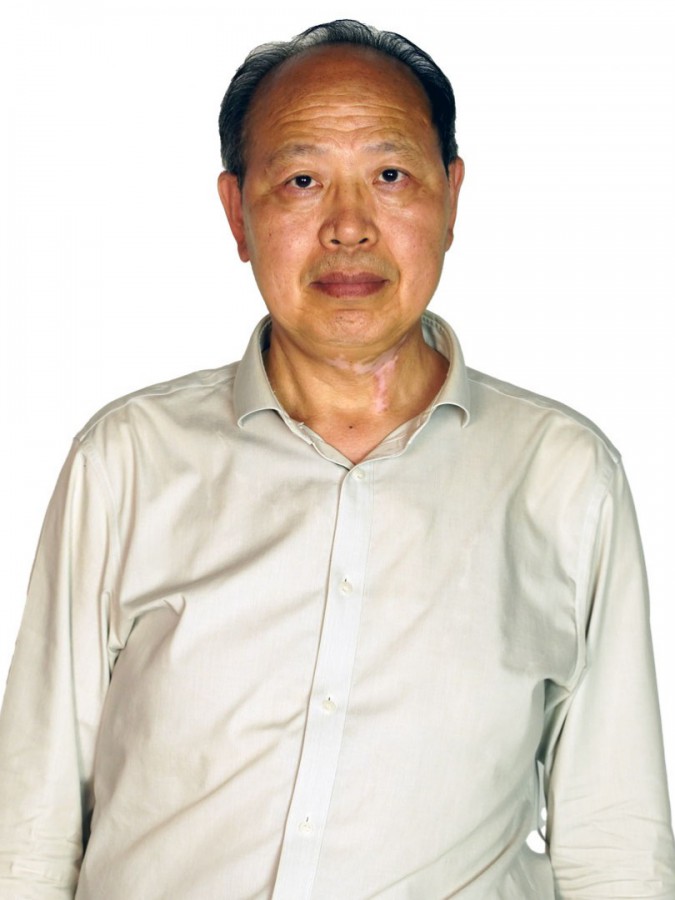abstract
A novel periodic mesoporous organosilica (PMO) covalently grafting with phen (phen-PMO, phen = 1, 10-phenanthroline) was synthesized via a co-condensation of 1,2-bis(triethoxysilyl)ethane (BTESE) and 5, 6-bis(N-3-(triethoxysilyl)propyl)ureyl-1, 10-phenanthroline (phen-Si) using supramolecular polyoxyethylene (10) stearyl ether (Brij 76) surfactant as template (under acidic conditions). Accordingly, a series of PMO materials (PMOs) containing Eu(tta)(3)phen (denoted as Eu(tta)(3)phen-PMO, tta = 2-thenoyltrifluoroacetone) were synthesized by impregnation of Eu(tta)(3)center dot 2H(2)O into phen-PMO through a ligand exchange reaction. For comparison, Euphen-PMO was also prepared using the same approach except EUCl3 - 6H(2)O instead of Eu(tta)(3)center dot 2H(2)O. The mesostructures of the PMO materials were characterized by XRD, N-2 adsorption-desorption and TEM measurements. The results showed that during the surfactant extraction process, the chelating organic ligand structure was preserved, which was confirmed by Fourier transform infrared (FTIR) and Si-29 CP-MAS NMR spectroscopies. Under UV irradiation, Eu(tta)3phen-PMO exhibited the characteristic emission of Eu3+ ions. Based on the emission spectra, the experiment intensity parameters for Eu(tta)(3)phen, Euphen-PMO and Eu(tta)(3)phen-PMO were calculated according to Judd-Ofelt theory. Compared to the pure complex, the resulting hybrid material exhibited better thermal stability and similar emission quantum efficiency, demonstrated by thermogravimetric analysis and luminescence characterization, respectively. The hybrid material Eu(tta)(3)phen-PMO showed higher emission quantum efficiency than that of Euphen-PMO, indicating that tta is an efficient sensitizer for the luminescence of central EU3+ ions. (C) 2008 Elsevier Inc. All rights reserved.
keywords
ORGANIC-INORGANIC HYBRIDS; BETA-DIKETONATE COMPLEX; INTRAMOLECULAR ENERGY-TRANSFER; RARE-EARTH IONS; THIN-FILMS; LARGE-PORE; IN-SITU; LANTHANIDE COMPLEXES; SILICA MATRIX; ACCESSIBILITY
subject category
Chemistry; Science & Technology - Other Topics; Materials Science
authors
Guo, XM; Wang, XM; Zhang, HJ; Fu, LS; Guo, HD; Yu, JB; Carlos, LD; Yang, KY
our authors
acknowledgements
The authors are grateful to the financial aids from the National Natural Science Foundation of China (Grant Nos. 20490210, 206301040 and 20602035) and the MOST of China (Grant Nos. 2006CB601103, 2006DFA42610). L.S.F. thanks Fundacao para a Ciencia e Tecnologia (Portuguese agency) for post-doctoral grant (SFRH/BPD/5657/2001).



